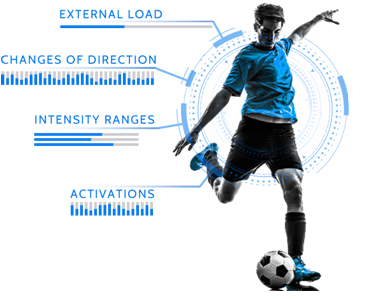Definition of computed metrics in GPS tracking devices

EVO4HP considers the applicability of the analyzed variables along with the relevant research findings, in the context of their implications for professional practice. Tracking device companies use – more or less – the same raw data. The same applies for the computed metrics, which are usually highly correlated (algebraic combination of raw data) with no units of measurement! Things get even worse when it comes to defining those metrics’ context; different definitions are adopted even for the same metrics (e.g. ACWR).
At EVO4HP, we believe it is time to create a common language in sports performance, scientifically approved and understandable by everyone. Definitions and classifications of variables used within performance analysis are discussed of reliability and validity. For instance, we propose to interpret the athlete “load” according to the engineering approach – forces or momentums calculated in newton or Newton * meters, respectively. In the same line, the use of “stress” parameter should be expressed as a forces/area ratio, a characteristic parameter for every construction and material. We strongly believe that the future metrics will engage performance staff in a system international path and bring about credibility and applied knowledge to every single user.